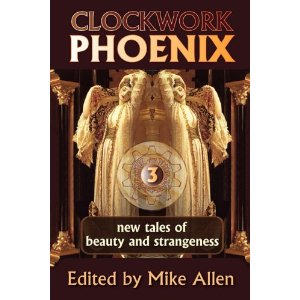Working on a dieselpunkish piece, tentatively entitled “The Blue Train.” People may notice I tend to skip around a bit on project. By my guess, I think I’ve got about a dozen pots boiling at any given time, and at least two of those, right now at least, are longer works. I think this one will end up a reasonable length of around 5k, though.
By six PM, his lordship was up and ready to be shaved and dressed. I had sandwiches sent up, something to tide him over till he went out. His haggard eyes were pouched and heavy as though he hadn’t slept.
“Where to tonight?” I asked as I stirred the lather, smelling of bay rum, and spread it over the black shadows on his jawline.
“Jenkins,” he said. “He’s set up some sort of game in his car on the train. Says it will be novel.”
“Novel” is not a word one likes to hear from an older vampire. So often their ideas of novelty involve pain.
“Have the front desk call me a taxi.” He studied his lapels, fingering the wide black expanse, before he held out an arm and I placed his watch, freshly wound, on his wrist. Gold, not silver. A showy piece, but one vampires would appreciate. They like gaudy on other people.
He looked at me. “Do you want to come?”
He hadn’t asked me that before. It wouldn’t be anything new to have me there waiting on him while he gambled, but previously I’d avoided the vampires. They like nonhuman blood more than human and they’re not hesitant about feeding on servants. Would his presence keep me safe?
But there were tired blue shadows under his eyes. He needed backup. He needed a friend there.
His servant would have to do.
It’s been fun, but lots of research in an era I haven’t done much with. Otoh, the point of divergence from our own is almost a century earlier so lots of leeway.







